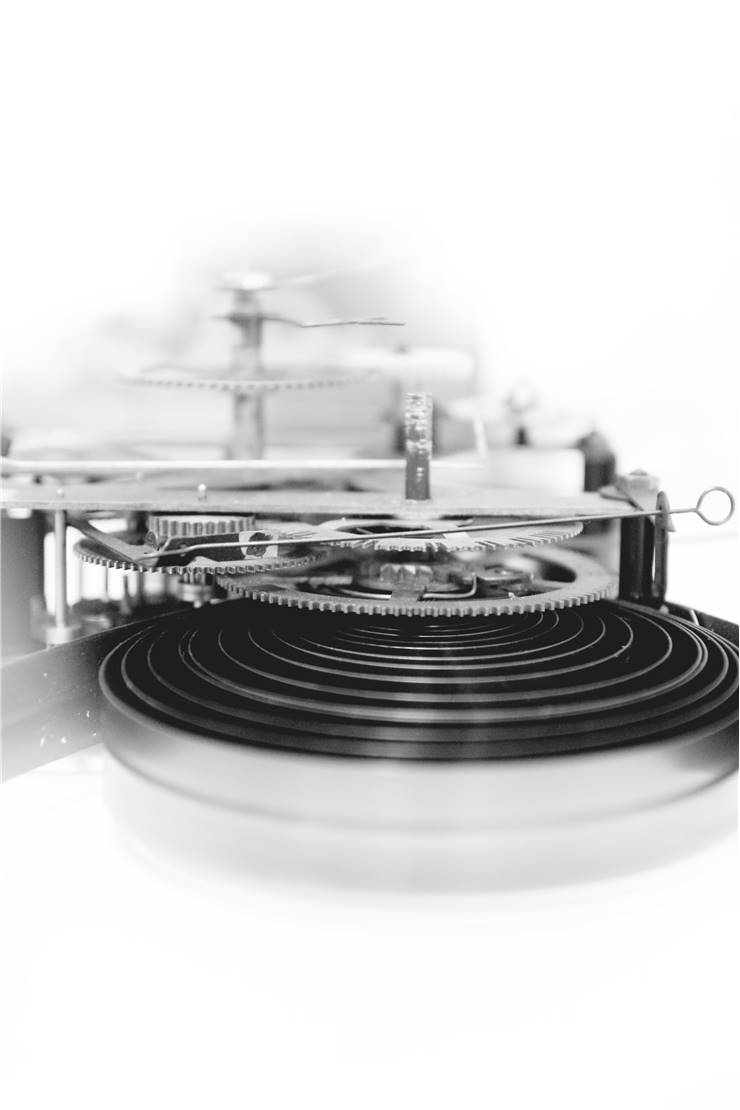How Does a Clock Mechanism Work?
Devices for measuring and displaying time have started their life over 5500 years ago in ancient civilizations of Babylon and Egypt. From that point on, time started being measured with ever increasing accuracy, eventually leading us to the part of history when mechanical clocks and watches finally entered into our lives. From the moment when it represented one of the first human inventions, to the modern times when atomic clocks can precisely measure both incredibly tiny and incredibly large periods of time, the most basic principle on which every clock work is oscillation.
Even though we saw through our history clocks that use many different physical processes, oscillation represent the basis for every single one of them, and all of them have similar analog parts that will be describe here. To measure time, clock need to have power source, oscillating object that repeats its motion over and over again, controller device that captures those oscillating beats into series of pulses (via friction). These pulses are then collected into the chain of counters that have standardized length (seconds, minutes, hours, etc.). Finally, time counter is then relayed to the display indicator, which showcases results in a human-readable form.

Power source
Every clock needs to run continuously, and because of that it needs to have a source of power (sometimes even a secondary source for moments of emergency) that will drive all of its mechanisms and ensure precise and reliable measurement of time.
- Mechanical clocks can be powered by suspended weights (oscillating pendulum), sprocket, drum, or main spring.
- Electricity, which is either carried to the clock directly from the power grid, or stored in batteries.
- Automatic power sources, which use kinetic power of user’s movement to generate movement of small weights and power either mechanical mainspring or electric generator that is plugged into onboard storage medium (battery).
Oscillator
Physical harmonic oscillator is the key component of every modern clock. By providing constant frequency movement, clock’s mechanisms can capture those oscillations and transform them into precisely timed series of pulses that show us exact passage of time. Here are some of the most common oscillators:
- Balance wheel and pendulum for mechanical clocks.
- Quartz crystal in quartz clocks.
- Vibrating electrons and atoms in atomic clocks.
Controller
Controller is a mechanism that captures movement frequency of oscillators and converts is into series of pulses that can show us the passage of time. Two most common clock controller devices are:
- Escapement, which is used in mechanical clocks that are powered by swinging pendulums and balance wheels.
- Electronic oscillator circuit, which generates series of electrical pulses that are synchronized to the oscillator.
Counter chain
Counter chain is a mechanism that counts the pulses that were created by controller and coverts them into traditional time measuring units of seconds, minutes and hours.
Indicator

Display portion of the clock, which has the job of visually representing information that is gathered by the remainder of clock mechanisms. Early clocks signaled time by audibly striking bells, minute hands were introduced in 1800s, digital clocks came with the expansion of modern technology in second part of 20th century, and 21st century brought us talking clocks as a part of modern portable computing world (smartphones, tablets, laptops).

